Arnold, Michael L. 2008. Reticulate Evolution and Humans: Origins and Ecology. Oxford University Press.
Boelens, Bo; Watkins, Michael; and Grayson, Michael. 2009. The Eponym Dictionary of Mammals. Johns Hopkins University.
Boudet, Ch. 10 January 2009. "Species Sheet: Forest Genet, Panther Genet, North African Large-spotted Genet." Mammals' Planet: Vs n°4, 04/2010. Retrieved June 10, 2014.
- Available at: http://www.planet-mammiferes.org/drupal/en/node/38?indice=Genetta+maculata
Boudet, Ch. 10 January 2009. "Subspecies Sheet: Schouteden's Genet." Mammals' Planet: Vs n°4, 04/2010. Retrieved June 10, 2014.
- Available at: http://www.planet-mammiferes.org/drupal/en/node/39?indice=Genetta+maculata+schoutedeni
Boudet, Ch. 10 January 2009. "Subspecies Sheet: Suaheli [sic] Large-spotted Genet, Swahili Bush Genet." Mammals' Planet: Vs n°4, 04/2010. Retrieved June 10, 2014.
- Available at: http://www.planet-mammiferes.org/drupal/en/node/39?indice=Genetta+maculata+suahelica
Cassell's Universal Portrait Gallery: A Collection of Portraits of Celebrities, English and Foreign. With Facsimile Autographs. 1895. London, Paris & Melbourne: Cassell and Company, Limited.
- Available via Internet Archive at: https://archive.org/details/cassellsuniversa00londiala
Coetzee, C.G. 22 August 1977. “Order Carnivora.” Pp. 1-42 in 1971-1977. The Mammals of Africa: An Identification Manual. Part 8 edited by J. Meester and H.W. Setzer. Washington, D.C.: Smithsonian Institution Press.
Corson, Docteur P.-J. October 2005. Les grands prédateurs d’Afrique: biologie, éthnologie et chasse. Brussels, Belgium: Éditions du Gerfaut.
Crawford-Cabral, João. 1965. "Álbum fotográfico de saídas de campo realizadas no Norte de Angola." Retrieved June 10, 2014.
- Available via Europeana at: http://www.europeana.eu/portal/record/10501/73958.html
- Available via Arquivo Científico Tropical Digital Repository at: http://actd.iict.pt/collection/actd:AHUJCC
Crawford-Cabral, João. 1965. "Álbum fotográfico de saídas de campo realizadas no Sul de Angola." Retrieved June 10, 2014.
- Available via Europeana at: http://www.europeana.eu/portal/record/10501/73896.html
- Available via Arquivo Científico Tropical Digital Repository at: http://actd.iict.pt/collection/actd:AHUJCC
Crawford-Cabral, João. 1980. "The Classification of the Genets (Carnivora, Viverridae, genus Genetta)." Boletim da Sociedade Portuguesa de Ciências Naturais 20:97-114.
Crawford-Cabral, João. 1981. “A New Classification of the Genets.” African Small Mammal Newsletter 6:8-10.
Crile, George; and Quiring, Daniel P. September 1940. “A Record of the Body Weight and Certain Organ and Gland Weights of 3690 Animals.” The Ohio Journal of Science 40(5)219-259.
Driver, Stephanie (ed.). 2008. Exploring Mammals, Volume 3. Tarrytown, NY: Marshall Cavendish Corporation.
Duff, Andrew; and Lawson, Ann. 2004. Mammals of the World: A Checklist. Yale University Press.
Ewer, R.F. 1998. The Carnivores. Cornell University Press: Cornell Paperbacks.
Gaubert, Philippe; and Dufour, Sylvain. July 2013. “First Report of a Chinchilla Phenotype in Viverridae (Carnivora).” Small Carnivore Conservation 48:92-95. Retrieved June 3, 2014.
- Available at: http://www.smallcarnivoreconservation.org/home/wp-content/uploads/2013/08/SCC-48-11-Gaubert-Dufour.pdf
Gaubert, P.; Chalubert, A.; and Dubus, G. 2008. “An Interactive Identification Key for Genets and Oyans (Carnivora, Viverridae, Genettinae, Genetta spp. and Poiana spp.) Using Xper2.” Zootaxa 1717:39-50.
Gaubert, P.; Fernandes, C. A.; Bruford, M. W.; and Veron, G. 2004. "Genets (Carnivora, Viverridae) in Africa: An Evolutionary Synthesis Based on Cytochrome b Sequences and Morphological Characters." Biological Journal of the Linnean Society 81:589-610.
Gaubert, P.; Papeş, M.; Peterson, A.T. June 2006. "Natural History Collections and the Conservation of Poorly Known Taxa: Ecological Niche Modeling in Central African Rainforest Genets (Genetta spp.)." Biological Conservation 130(1):106–117.
Gaubert, P.; Taylor, P.J.; and Veron, G. 2005. “Integrative Taxonomy and Phylogenetic Systematics of the Genets (Carnivora, Viverridae, Genetta): A New Classification of the Most Speciose Carnivoran Genus in Africa.” Pp. 371-384 in African Biodiversity: Molecules, Organisms, Ecosystems edited by Bernard A. Huber, Bradley J. Sinclair, and Karl-Heinz Lampe. NY: Springer Science + Business Media, Inc.
Gaubert, Philippe; Weltz, Marjorie; and Chalubert, Antoine. 14 January 2008. “Genetta schoutedeni." Genets and Oyans. Paris: Université Pierre et Marie Curie. Retrieved June 10, 2014.
- Available at: http://lis-upmc.snv.jussieu.fr/genettes/web/fiches_en/taxa/genetta_schoutedeni_.html
"Genet." AWF: What We Do > Wildlife Conservation > Genet. African Wildlife Foundation. Retrieved June 10, 2014.
- Available at: http://www.awf.org/wildlife-conservation/genet
“Genetta pardina shoutedeni.” The Marine Biological Universal Biological Indexer and Organizer. Retrieved June 10, 2014.
- Available at: http:http://www.ubio.org/browser/details.php?namebankID=5542842
Gervais, Paul. 1855. Histoire naturelle des Mammifères: Carnivores, Proboscidiens, Jumentés, Bisulques, Édentés, Marsupiaux, Monotrèmes, Phoques, Sirénides et Cétacés. Paris: L. Curmer.
Gittleman, John L.; Funk, Stephan M.; Macdonald, David; and Wayne, Robert K. (eds.). 2001. Carnivore Conservation. Cambridge University Press: Conservation Biology 5.
Hayssen, Virginia; Van Tienhoven, Ari; and Van Tienoven, Ans. Asdell’s Patterns of Mammalian Reproduction: A Compendium of Species-Specific Data. Cornell University, 1993.
Hunter, Luke; and Barrett, Priscilla. 2011. A Field Guide to the Carnivores of the World. London, Cape Town, Sydney, Auckland: New Holland Publishers (UK) Ltd.
Jennings, A. P.; and Veron, J. 2009. "Family Viverridae (Civets, Genets, and Oyans)." In: Don E. Wilson and Russel Mittermeier (Hrsg.) Handbook of the Mammals of the World Volume 1: Carnivores. Lynx Edicions.
Jukofsky, Diane for the Rainforest Alliance. 2002. Encyclopedia of Rainforests. Westport, CT: Oryx Press.
Kingdon, Jonathon; Happold, David; Butynski, Thomas; Hoffmann, Michael; Happold, Meredith; and Jan Kalina (eds.). 2013. Mammals of Africa, Volume 5: Carnivores, Pangolins, Equids and Rhinoceroses, edited by Jonathan Kingdon and Michael Hoffmann. Bloomsbury Publishing.
Kondo, H.; Tesar, J.; Cloud, D.; Kagan, L. (eds.). 1972. Civets, Genets, and Linsangs, Volume 2, 3rd Edition. Milan: Fratelli Fabbri Editori.
Larivière, Serge. 2004. "Civets, Genets, and Linsangs." Pp. 335-339 in Grzimek's Animal Life Encyclopedia, Second Edition. Volume 14: Mammals III, edited by Michael Hutchins, Devra G. Kleiman, Valerius Geist, and Melissa C. McDade. Farmington Hills, MI: Gale Group, Inc., division of Thomson Learning Inc.
Nowak, Ronald M. 1999. Walker's Mammals of the World, Sixth Edition. Volume I. Baltimore: Johns Hopkins University Press.
Rosevear, Donovan Reginald. 1974. The Carnivores of West Africa. London: Trustees of the British Museum (Natural History).
- Available via Biodiversity Heritage Library at: http://www.biodiversitylibrary.org/item/35416#page/7/mode/1up
Thomas, Oldfield. 1901. "On the More Notable Mammals Obtained by Sir Harry Johnston."Proceedings of the Zoological Society of London (2): 85 - 90.
- Available via Internet Archive at: https://archive.org/stream/proceedingsofzoo19012zool#page/85/mode/1up
Veron, Geraldine. 2010. “Phylogeny of the Viverridae and ‘Viverrid-like’ Feliforms.” Pp. 64-90 in Carnivoran Evolution: New Views on Phylogeny, Form and Function edited by Anjali Goswami and Anthony Friscia. Cambridge University Press: Cambridge Studies in Morphology and Molecules.
Wilson, Don E.; and Cole, F. Russell. 2000. Common Names of Mammals of the World. Washington, D.C.: Smithsonian Institution Press.
Wilson, Don E.; and Reeder, DeeAnn M. (editors). 2005. Mammal Species of the World: A Taxonomic and Geographic Reference (3rd ed), Johns Hopkins University Press.
Wrobel, Murray (Editor). 2007. Elsevier's Dictionary of Mammals: Latin English German French Italian. Oxford, U.K.: Elsevier B.V.


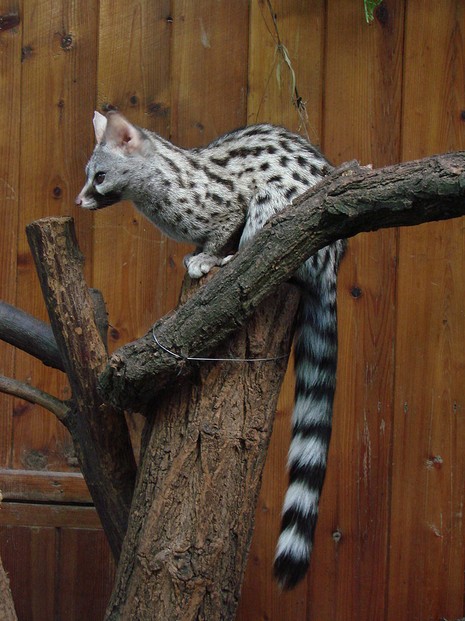
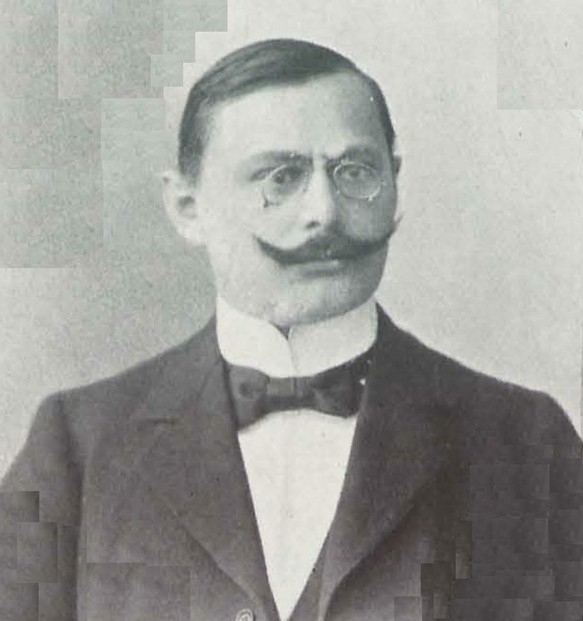
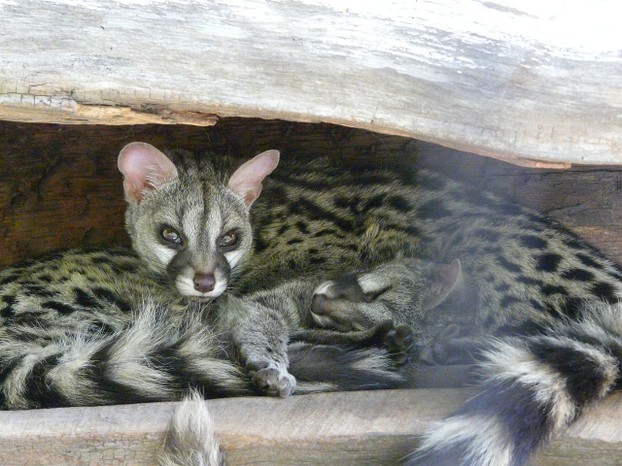

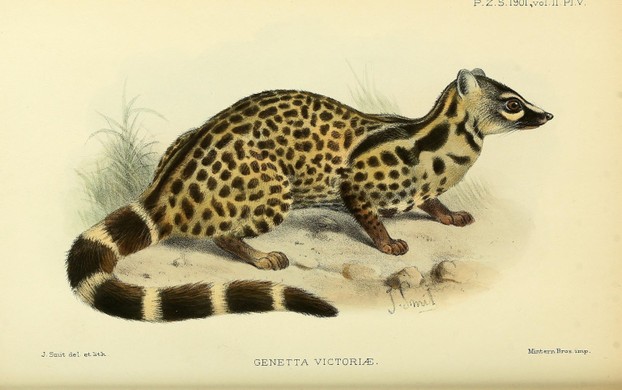
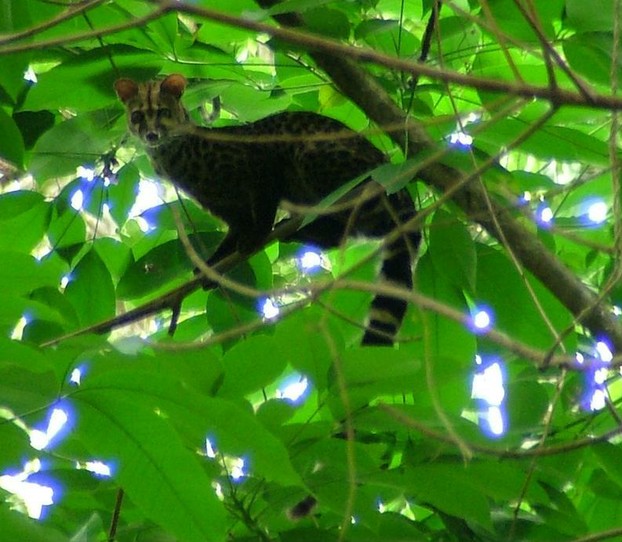
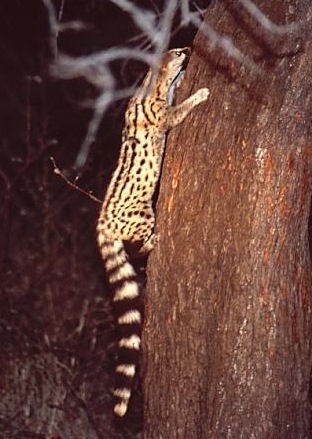
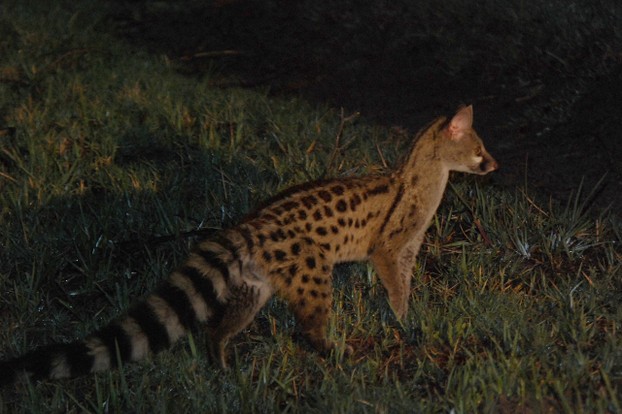
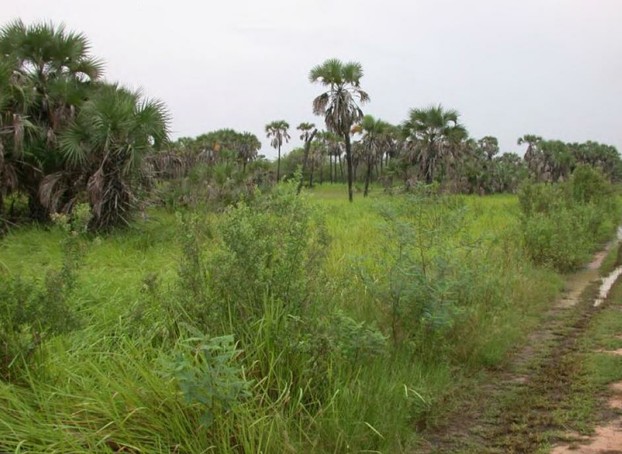
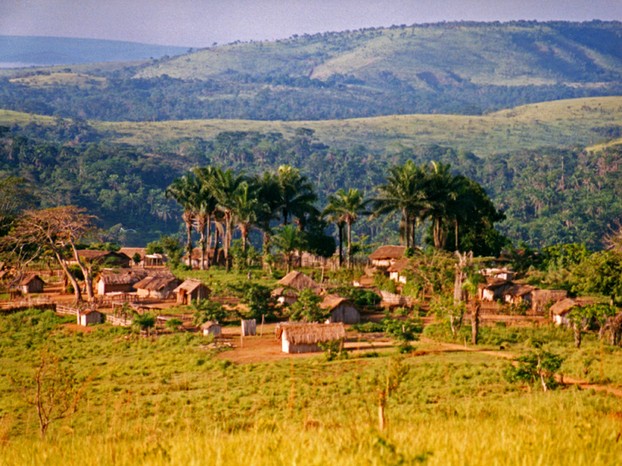



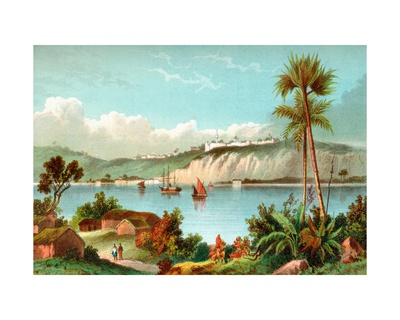
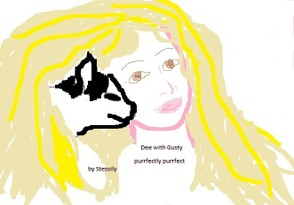
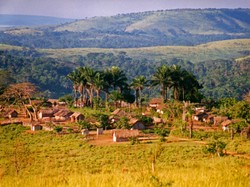

 Are Hawaiian Huakai Po Nightmarchers Avenging Halloween Thursday?on 10/02/2024
Are Hawaiian Huakai Po Nightmarchers Avenging Halloween Thursday?on 10/02/2024
 Mailing Addresses for 2023 Form 4868 Extending 1040 and 1040SR April 15, 2024, Due Dateon 04/15/2024
Mailing Addresses for 2023 Form 4868 Extending 1040 and 1040SR April 15, 2024, Due Dateon 04/15/2024
 Mailing Addresses for 2023 Forms 1040 and 1040SR Filed in 2024on 04/15/2024
Mailing Addresses for 2023 Forms 1040 and 1040SR Filed in 2024on 04/15/2024
 Mailing Addresses for 2022 Form 4868 Extending 1040 and 1040SR April 18, 2023, Due Dateon 04/13/2023
Mailing Addresses for 2022 Form 4868 Extending 1040 and 1040SR April 18, 2023, Due Dateon 04/13/2023

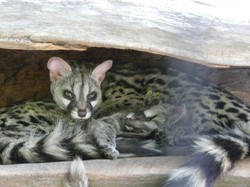
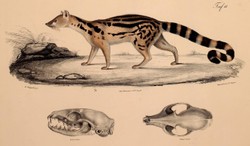
Comments